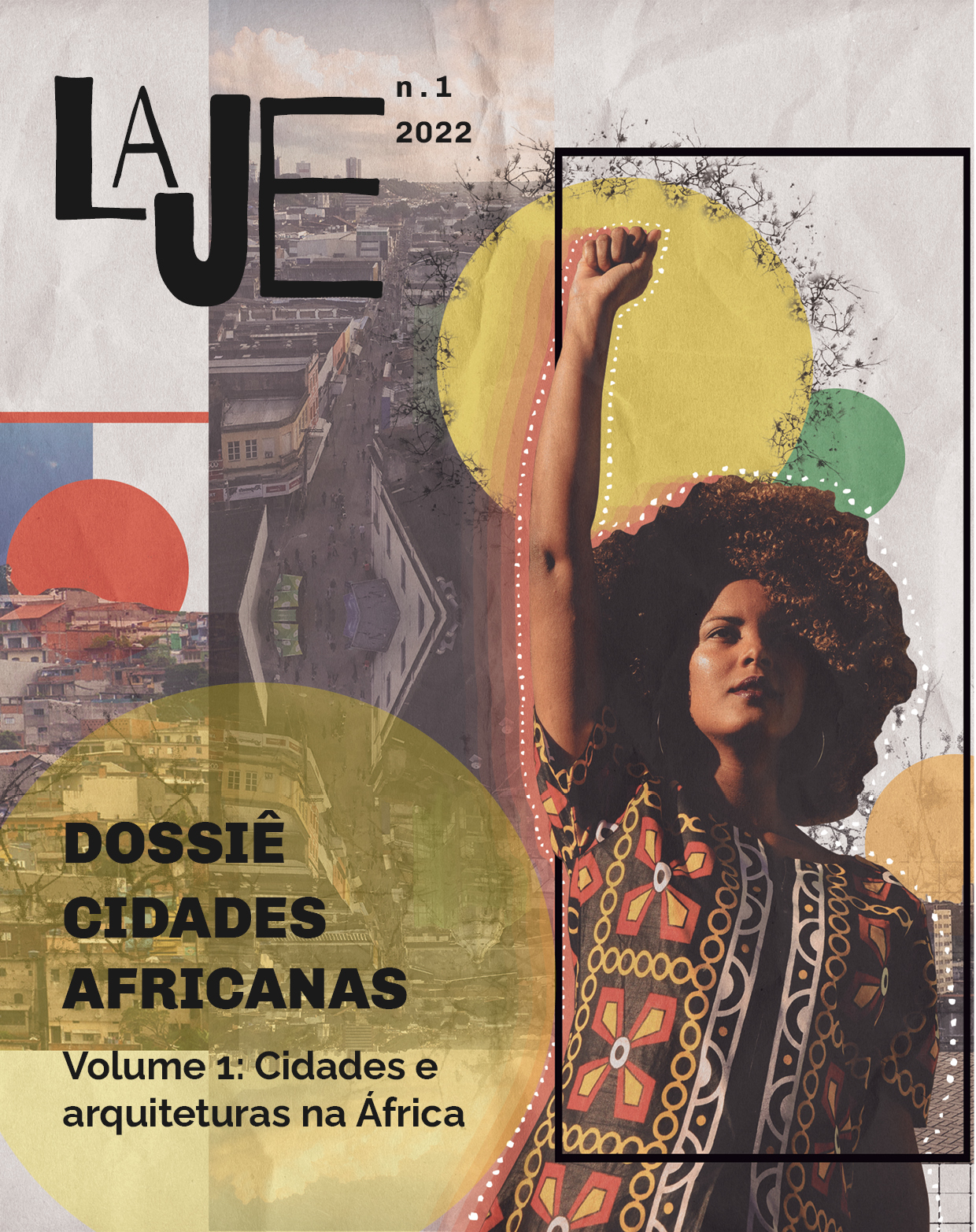Cities in Angola
between the conflict of urbanities and the necessary paradigm shift
DOI:
https://doi.org/10.9771/lj.v1i0.54540Keywords:
African Urbanism, Colonization and Racial Segregation, Musseques, Indigenous Neighborhoods, Mixed NeighborhoodsAbstract
As the urban phenomenon in Angola precedes the Portuguese occupation, it is interesting to open the discussion about the impact that spatial and socio-environmental practices implemented over four centuries have had on the structure of Angolan cities and its contemporary legacy. The purpose of this article is to present an overview of the process of formation and development of Angolan cities based on racial segregation and how the continuity of this formula has been the key to urban unfeasibility in Angola. The applied methodology has three phases. The first refers to the identification and comparison of the elements of organization of the urban space, namely the musseques, indigenous neighborhoods and mixed neighborhoods. The second phase analyzes the impact of this urbanism today and the continuity of the colonial narrative in the applied solutions and, finally, the third presents the essentialism of African urbanism as the valid instrument for a paradigm shift. The results point to an urban fabric that maintains the structure of racial segregation, but in an optics of exclusion by economic condition. The full performance of Angolan cities will only be possible with the development and consequent requalification of ‘segregated territories’ under equal circumstances regarding investments that guarantee the validation of these urban fabrics as a legitimate part of the city.


